Even though March is technically when spring arrives, here in the Pacific Northwest it can be an unsettled month with plenty of wintry weather–and we’ve had our fair share of crazy winter weather, with a couple dustings of snow and several nights of sub-freezing temperatures. With that kind of weather, you’d think Santa was on his way again!
But, fortunately, it looks like we’re beyond the cold temperatures and snow–our typical spring rain appears to be here to stay (at least for awhile!). So, while you wait for temperatures to warm up a little bit more before you head out to your garden, now is the time to start making some lists.
When you have a moment, take some time to walk around your house and examine your shrubs and trees. This winter was particularly hard on many plants. Why? It’s not uncommon for us to have cold temperatures or wind storms, but this year, we were hit with both–at the same time. The combination of cold and wind left many plants essentially freeze-dried. As you look around your house, you may notice several plants–especially those with a northeast exposure–damaged or dead. Those plants which are evergreen may look wilted or have crispy leaves; deciduous plants may have blackened stems or fail to produce new buds in the next couple weeks.
So, what should be on your “To Do” list this time of year? Here are a few items to plan for as you gear up for spring:
- Prune your roses. For shrub roses (Hybrid Tea, Grandiflora, Floribunda, etc.), prune back to 6-12 inches, assuming you already pruned them halfway back last fall. If you don’t normally prune your roses back that far, use your best judgement for how much to prune, remembering to leave an open center. Roses don’t like to have crowded canes (i.e. stems).
- Apply a systemic insecticide with fertilizer to any Spruce or other evergreens that may be susceptible to insects or disease. Bonide Tree & Shrub is an excellent, easy to use product that only requires application once a year.
- Watch your deciduous shrubs and trees closely to see if they bud. Spring is coming a couple weeks later than usual this year, but you may need to replace some of your plants after the hard winter. Make notes of which plants you will need to consider replacing.
- Prune any damaged-but-salvageable plants. Pruning before they put on their spring growth will allow them to rebuild the lost plant structure sooner than later.
- Prepare to prune your topiaries! The best time of year to prune topiary form shrubs and trees is early spring, before they put out their new growth. If you’re daunted by the prospect, give us a call–we can recommend a landscaper to trim them for you or give you tips for doing it yourself.
Of course, you should also start to plan for your annuals and hanging baskets, but we’ll save that for another day. In the meantime, dig out your gardening tools and prepare to start working in your garden–spring is coming!


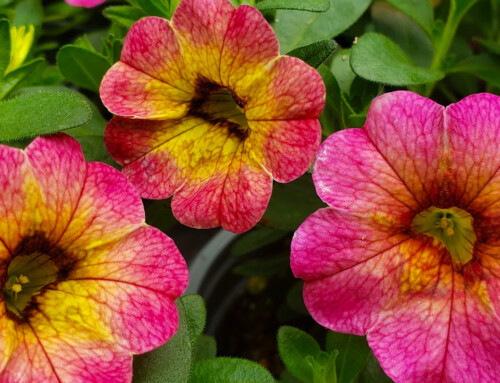
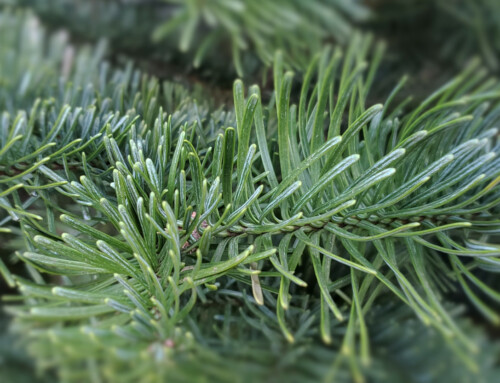
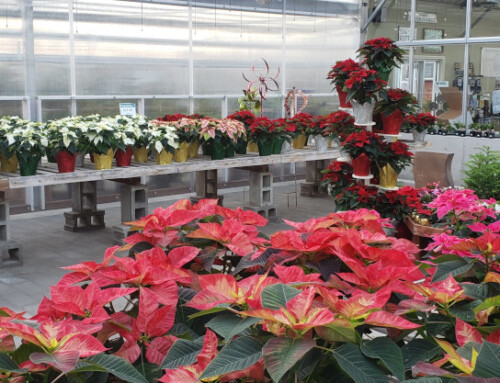
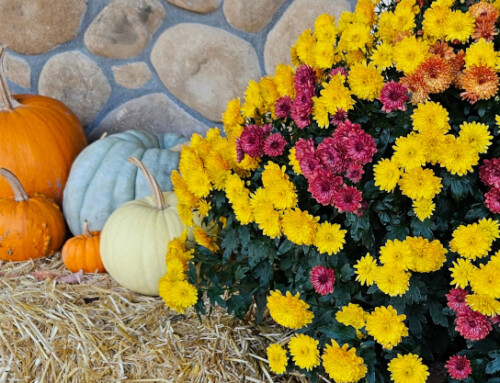
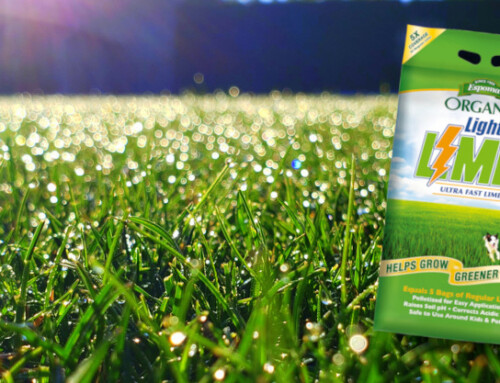
Leave A Comment